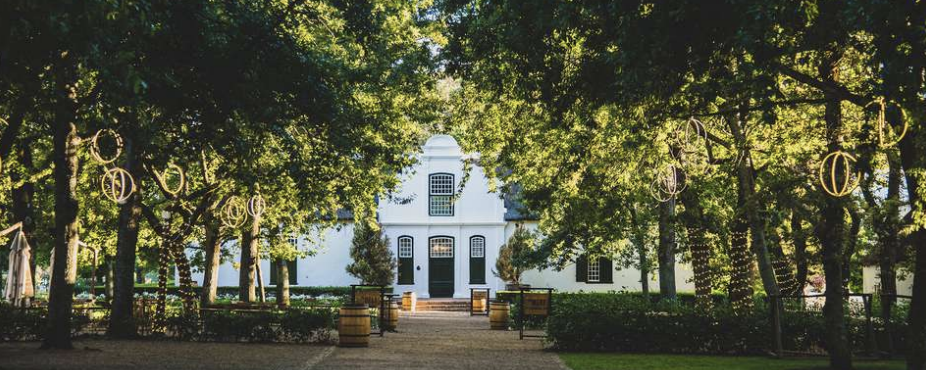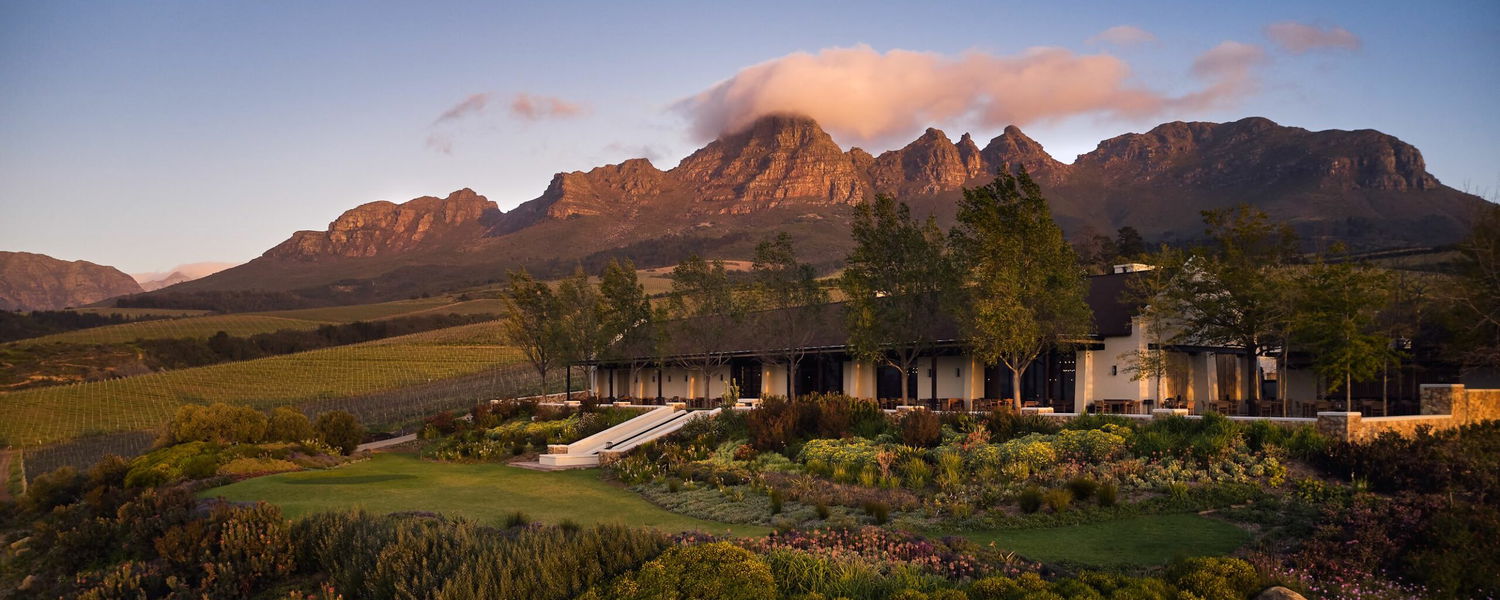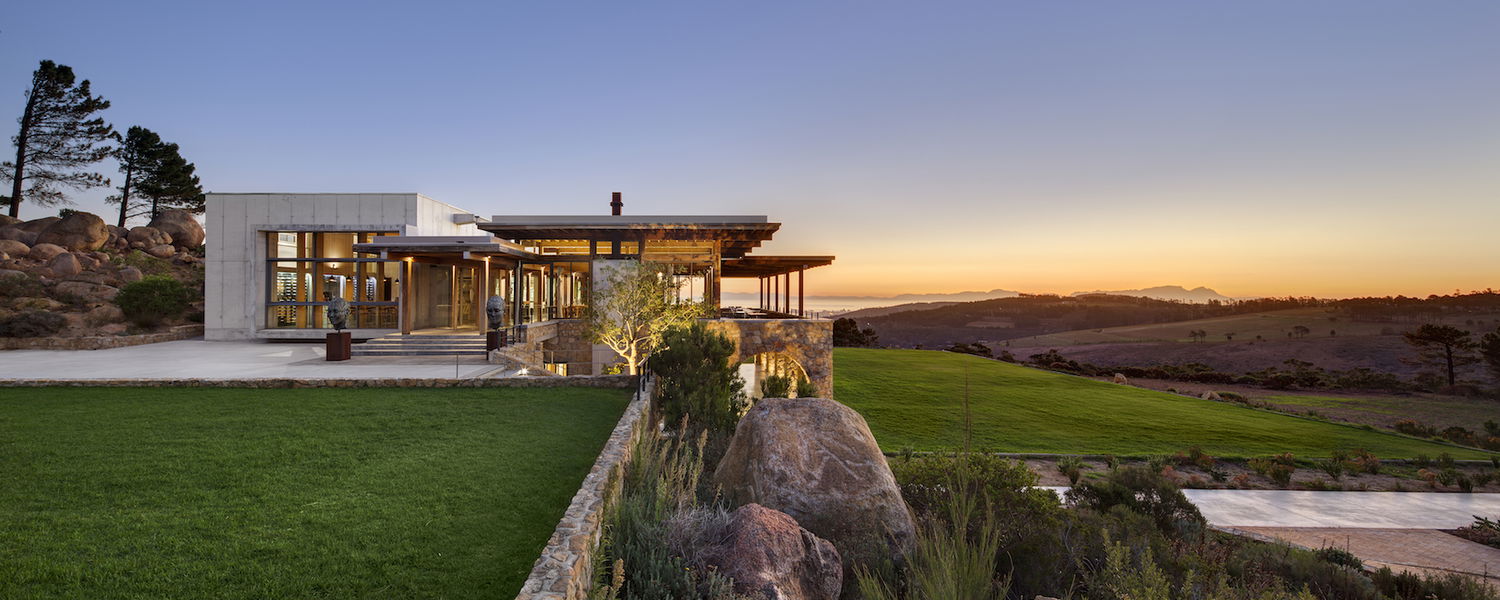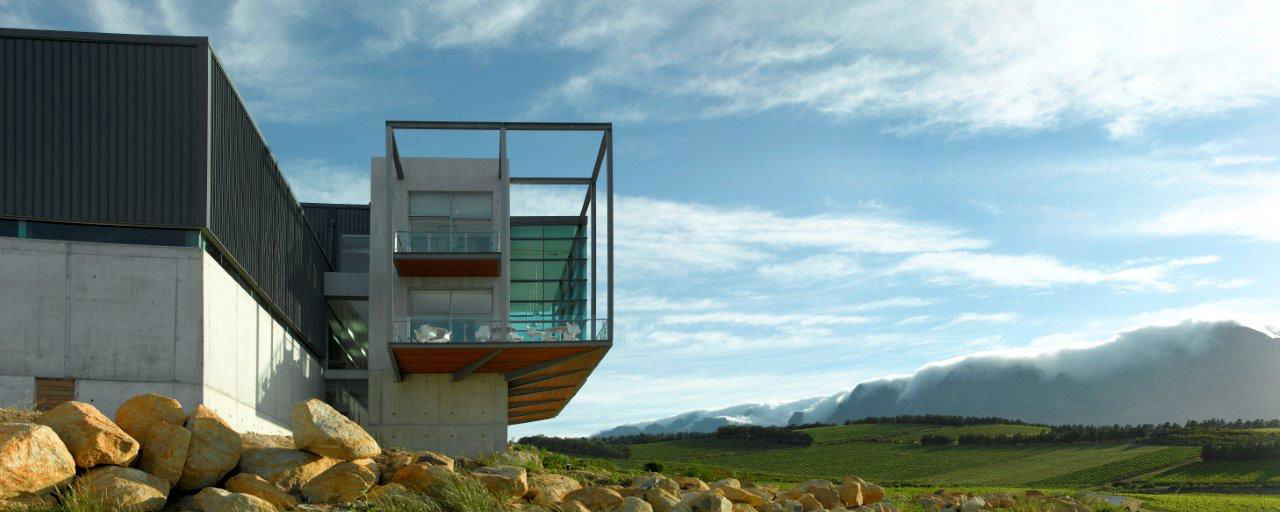Cape Winelands
Nestled amidst rolling mountains, fertile valleys, and historic towns, the Cape Winelands is one of the world’s most enchanting wine regions, celebrated not only for its exceptional wines but also for its breathtaking landscapes and rich heritage.
Stretching across the Western Cape, this region is home to some of South Africa’s oldest and most renowned wine estates, where centuries-old vineyards and modern wine-making expertise come together in a timeless blend. But what truly sets the Cape Winelands apart is Route 62—the world’s longest wine route, offering you an unparalleled journey through the heart of South African wine country.
What Makes the Cape Winelands So Special?
The Cape Winelands is a sensory experience like no other. With its Mediterranean climate, mineral-rich soils, and a winemaking tradition dating back to the 17th century, the region produces world-class wines with a unique South African character. Visitors are treated to tastings at charming estates, each with distinct flavours, from bold reds like Cabernet Sauvignon and Shiraz to elegant whites like Chenin Blanc and Sauvignon Blanc.
The area’s historic towns—Stellenbosch, Franschhoek, and Paarl—offer more than just great wine; they are destinations in their own right. Stellenbosch, South Africa’s second-oldest town, is famous for its oak-lined streets and Cape Dutch architecture, while Franschhoek, known as the “food and wine capital,” offers gourmet dining that complements the region’s wines. With artisan markets, art galleries, and vineyard tours, each town is a cultural and culinary gem.
The Longest Wine Route in the World: Route 62
Route 62, the longest wine route globally, takes wine lovers on an unforgettable road trip through the Western Cape’s varied landscapes, from the West Coast, passing Cape Town, Stellenbosch, Paarl all the way to Port Elizabeth.
Along the journey, travellers can explore over 500 wineries, quaint towns, and the spectacular scenery of the Klein Karoo, each stop offering new wines, people, and stories. The route passes through the valleys of the Langeberg and Robertson, into the semi-desert landscapes of the Karoo, and through scenic mountain passes, creating a journey that’s as inspiring as the wine itself.
Route 62 isn’t just a wine route; it’s a celebration of South Africa’s diverse landscape and heritage, a path through which you can taste not only wines but also the culture and hospitality of the Cape. Along the way, there are welcoming guesthouses, boutique hotels, and farm stays, allowing visitors to immerse themselves in the tranquil beauty of South Africa’s rural countryside.
The Story of Pinotage: South Africa’s Signature Grape
Pinotage is South Africa’s signature grape varietal, a unique symbol of the country’s wine heritage and ingenuity. This bold and distinctive grape, a cross between Pinot Noir and Cinsault (locally known as Hermitage), was first cultivated in South Africa in 1925 by Professor Abraham Izak Perold, a viticulturist with a vision for creating a wine that could thrive in South Africa’s warm, dry climate. What began as an experimental crossing has since become a beloved varietal that reflects the spirit of South African winemaking.
The Origins of Pinotage
The journey of Pinotage began at Stellenbosch University, where Professor Perold sought to combine the delicate flavors of Pinot Noir with the resilience and high yield of Cinsault. His goal was to create a grape that would produce wines with the elegance of Pinot Noir while withstanding South Africa’s challenging growing conditions. In 1925, Perold successfully crossed the two grape varietals, creating four seeds of what would later be known as Pinotage.
The young vines were almost lost when Perold left the university, but fortunately, they were saved by a fellow researcher, Charlie Niehaus, who recognized the potential in the unique grape variety. It took several decades for Pinotage to make its mark on the wine industry, with the first commercial bottling appearing in 1959. In 1961, a Pinotage from Bellevue Wine Estate won a major award at the Cape Wine Show, propelling the varietal into the spotlight.
Pinotage Today: A Global Icon
Today, Pinotage is celebrated for its bold flavors, often characterized by notes of dark fruit, smoke, earth, and hints of chocolate or coffee. Its unique character has won over wine enthusiasts worldwide, and it continues to be a point of pride for South African winemakers. The grape is incredibly versatile, used in producing everything from robust red wines to easy-drinking rosés, and even sparkling wines.
Regions such as Stellenbosch, Swartland, and Paarl have become iconic areas for Pinotage, with winemakers experimenting with different styles, blending techniques, and aging methods to bring out its best characteristics. The result is a varietal that can range from rich and powerful to smooth and approachable, making it a favorite among both casual wine drinkers and serious collectors.
Why Pinotage is Unique to South Africa
More than just a grape, Pinotage represents South Africa’s resilience and innovative spirit. Winemakers across the country are committed to showcasing Pinotage as a symbol of their heritage, developing it into a world-class varietal that stands alongside some of the most revered wines globally. For many wine lovers, tasting Pinotage is an invitation to experience the heart and history of South African wine culture—a story of experimentation, passion, and success against the odds.
Whether enjoyed on its own or paired with South Africa’s bold cuisine, Pinotage is more than just a wine; it’s a taste of South Africa’s land, people, and legacy in every glass.









Share This Page